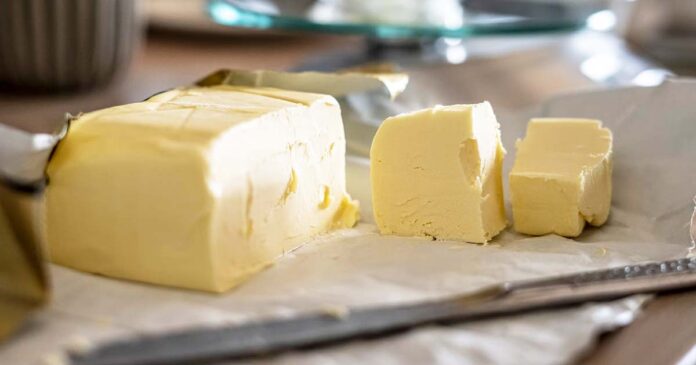You can definitely turn unsalted butter into salted butter. I’ve done it many times when that’s all I had in my fridge and I needed a bit of salty kick for my cooking. It’s really easy. Let me show you how to add just the right amount of salt to unsalted butter.
This web portal is supported by its readers, and is a part of the Amazon Services LLC Associates Program and the eBay Partner Network. When you buy using links on our site, we may earn an affiliate commission!
Check out also: 11 Best Healthy Fruits To Grill – Our Top Selection!
First, let’s talk about what kind of salt to use. I prefer using fine sea salt because it dissolves easily, but you can use any salt you have. You’ll need about 1/4 teaspoon of salt for every stick of butter (that’s about 1/2 cup or 113 grams of butter).
The quick explanation would be to simply sprinkle the salt over the softened butter and mix it in well. When I’m in a hurry, I usually use a fork to blend it together until it’s evenly distributed.
Taste a little bit of the butter to see if it’s salty enough for you. If not, add a bit more salt, but do it gradually. You don’t want to overdo it. Once you’ve got it just right, you can use it right away, or put it back in the fridge. It’ll keep just like regular salted butter.
By salting your own butter, you control the flavor exactly, and that can make a big difference in your recipes. It’s a small step that lets you make each dish uniquely yours.
Salted Butter Basics
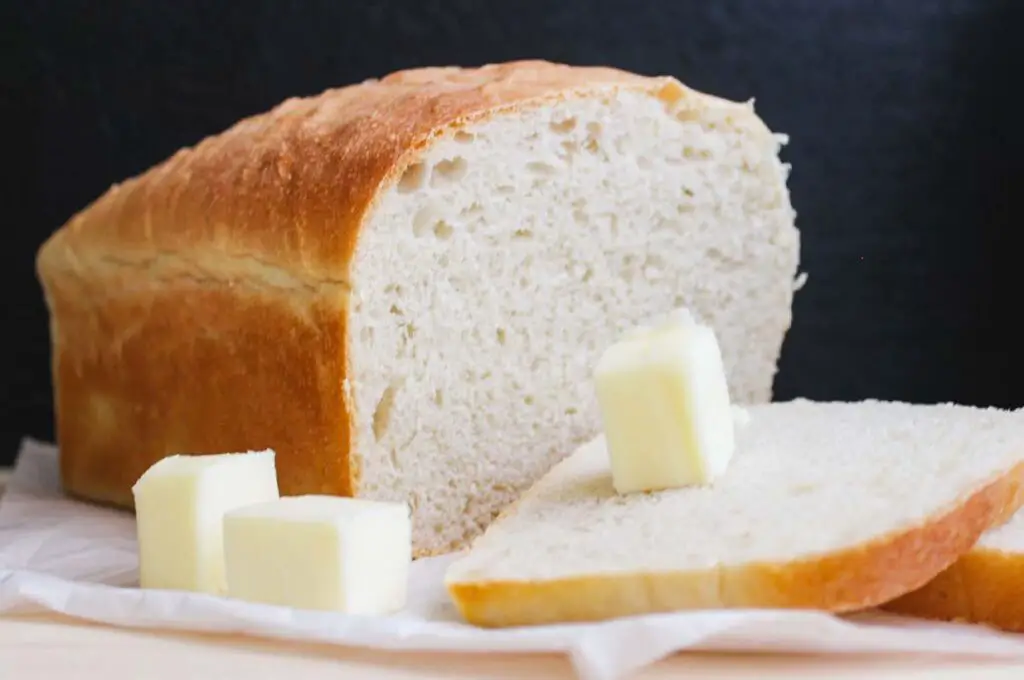
Let’s talk about the basics of butter.
Have you ever wondered what the deal is with unsalted versus salted butter? Here’s the scoop: unsalted butter, which you might see called ‘sweet’ butter, is just cream that’s been whipped up until it’s solid. It’s like a blank slate, so when you’re cooking or baking, you can add exactly the flavor you want.
Salted butter, on the other hand, simply has salt mixed in. The salt gives it a bit of extra flavor and also keeps it fresh longer.
Now, if you find yourself with unsalted butter but your recipe calls for salted, don’t worry. It’s an easy fix. Salted butter usually has about 1 to 2 percent of its weight in salt. So, you can just add that amount of salt to your unsalted butter, mix it in well, and voilà – you’ve made your own salted butter. Why bother? Well, it gives you the power to make your food taste exactly how you like it. Maybe you’re following a recipe that needs that extra pinch of salt, or perhaps you’re cooking for someone who’s watching their sodium intake. Either way, knowing how to switch up your butter can come in handy.
Next time you’re at the store, if you’re not sure which butter to grab, think about what you’re using it for. If a recipe needs to be precise in flavor, go for unsalted. But if you’re spreading it on toast or melting it over veggies, salted butter might be your best bet.
Best Salt Types For Salting Butter
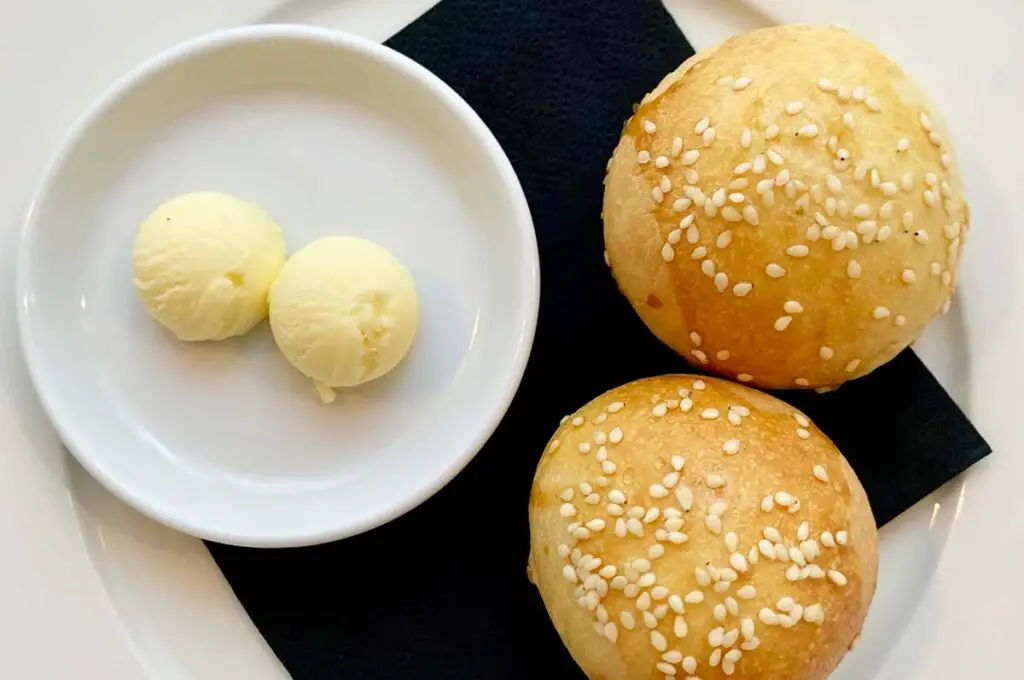
When I decided to make my own salted butter from unsalted butter, I realized that the type and amount of salt I used would make a big difference. Here’s what I found works best:
- Table Salt: This is the easiest to use because you can measure it accurately. But you have to be careful not to use too much because it’s very fine.
- Sea Salt: This salt has a softer taste, which is nice. However, its bigger crystals might need to be ground up so it mixes into the butter evenly.
- Himalayan Pink Salt: This one is a bit fancy; it gives a hint of mineral flavor. But it’s more expensive, so I use it sparingly to keep the flavor just right.
I’ve learned that each type of salt changes the taste of the butter in its own way. So, I’m careful to add just the right amount to enhance the flavor without going overboard. When I do this, the result is deliciously balanced homemade salted butter.
How To Salt Unsalted Butter – Quick Tutorial
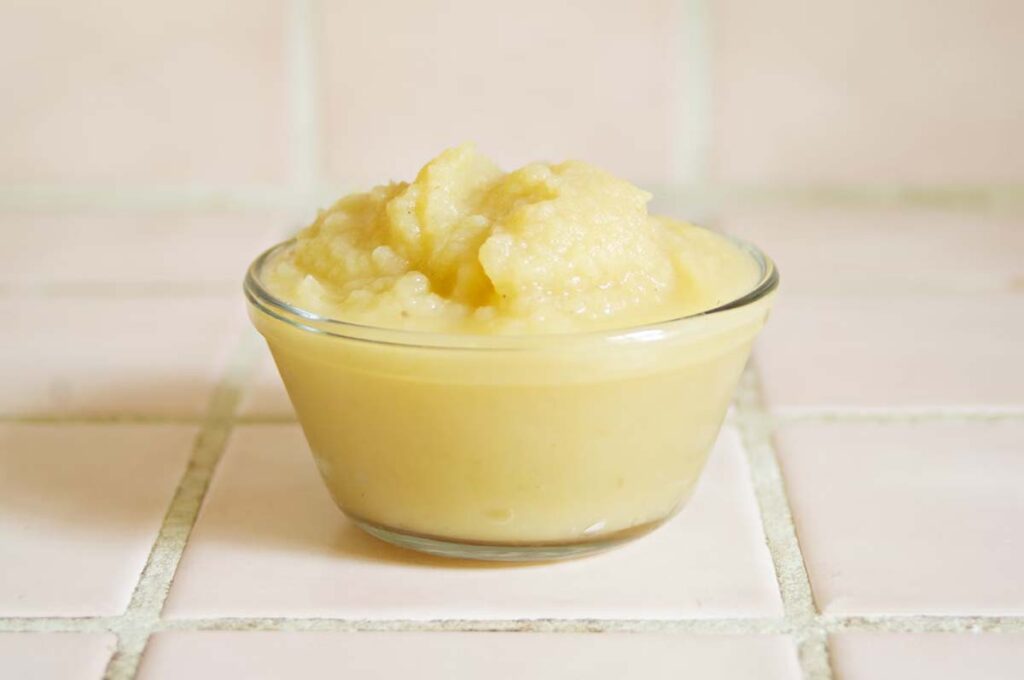
When I’m making seasoned butter, it’s important to get the salt mixed in just right. If you don’t mix the salt properly, the butter can taste uneven.
To make sure the flavor is the same throughout, I follow these steps carefully:
- Start by measuring the salt accurately. This will help ensure your butter has just the right amount of seasoning.
- Next, the butter needs to be soft, so leave it out until it reaches room temperature. This makes it possible to actually work with it.
- Now, mix the salt into the butter. You want to spread it out evenly so every bite tastes the same. I use a fork or a spatula to stir the mixture. You can also use a blender for that.
- Finally, I always taste the butter and add a bit more salt if needed. It’s better to start with less and add more than to overdo it.
It’s like a little science experiment in the kitchen. You follow each step with care, not just throwing things together. This way, you get delicious butter every time.
Storing Your Salted Butter
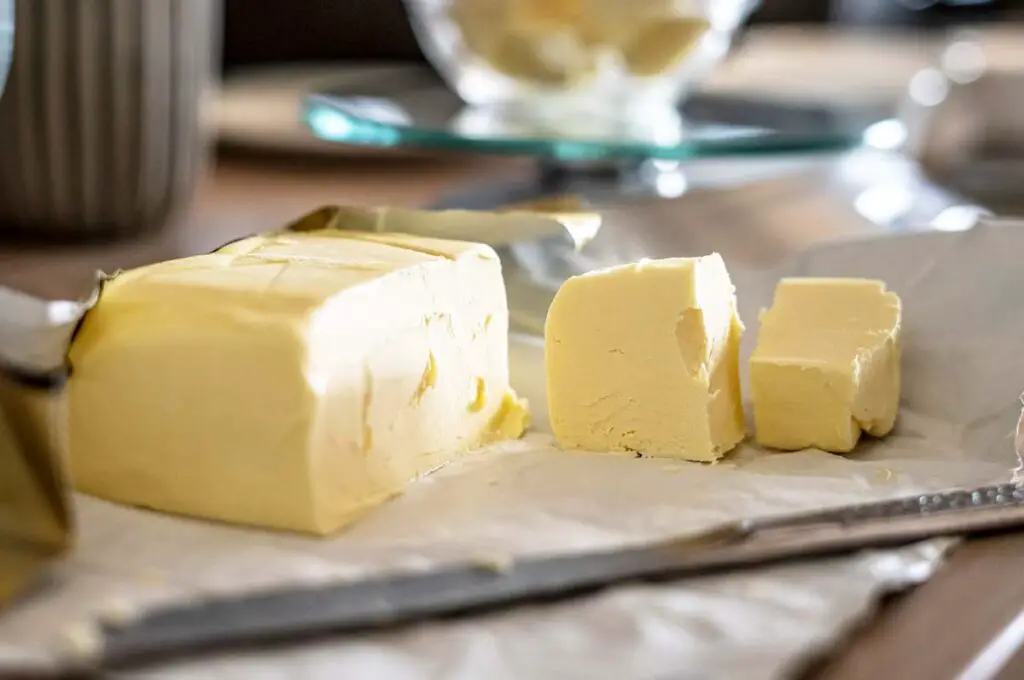
After mixing in the right amount of salt into my butter, I’m now looking at the best ways to keep it fresh and tasty. To stop the butter from picking up any weird smells or tastes from other food in the fridge, it’s important to store it in a container that doesn’t let air in. I like to wrap the butter in baking paper first for extra protection.
Also, I make sure to put the butter in the coldest part of the fridge, which is usually the back, far from the door. This helps keep the temperature steady, so the butter doesn’t get messed up by the temperature going up and down. If you don’t plan to use your butter for a while, you can freeze it. But if you’re going to use it soon, keeping it in the fridge is better for keeping that delicious buttery flavor.
From my own kitchen adventures, I recommend using a good quality, heavy-duty airtight container. If you’re looking for product suggestions, the Rubbermaid Brilliance line has worked well for me – they’re clear, so you can see what’s inside, and they really lock in the freshness.
Frequently Asked Questions
Can Adding Salt to Unsalted Butter Affect Its Shelf Life Compared to Commercially Salted Butter?
I’ve wondered if adding salt to unsalted butter at home can make it last as long as the butter you buy already salted at the store. Here’s the thing: even though salt is a preservative, when we add it ourselves, we might not get it mixed through the butter evenly like the professionals do. This could mean our homemade salted butter may not stay fresh as long as the pre-salted butter you buy. Sure, we get to control how salty our butter tastes, but it seems we might sacrifice some shelf life for that custom flavor.
Is There a Difference in Health Benefits Between Homemade Salted Butter and Store-Bought Salted Butter?
When I looked into the health aspects of butter, I discovered that homemade salted butter and the kind you buy from the store are pretty much the same in terms of benefits. However, making your own means you can choose exactly what kind of salt you use and how much you put in. This is great because you can avoid any extra additives that might be in pre-made butter, and you can keep the salt levels low if you’re watching your intake. For example, you might opt for a pinch of pink Himalayan salt in your homemade batch for its minerals. Plus, when you make butter at home, you get that fresh, creamy taste that’s hard to find in a store-bought stick.


